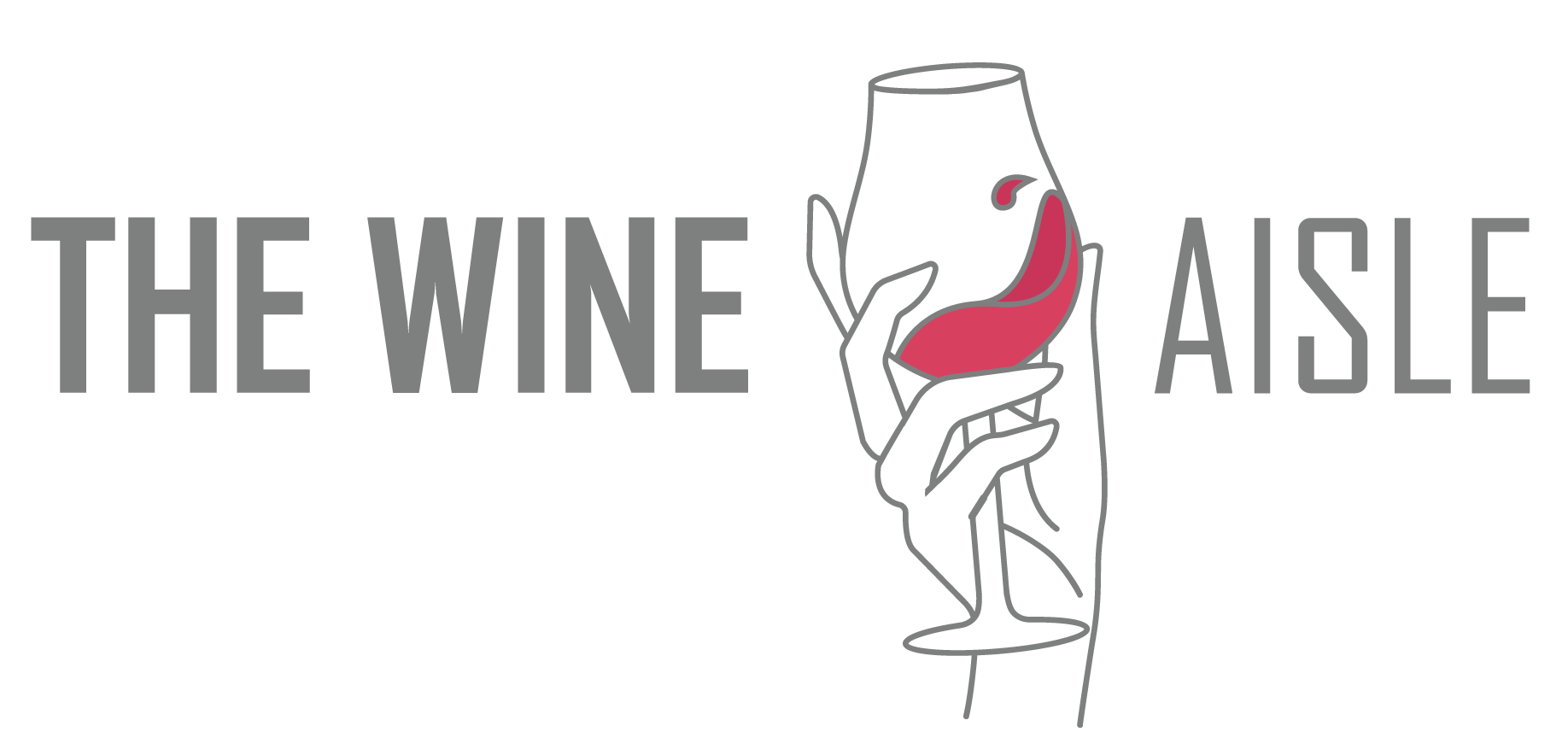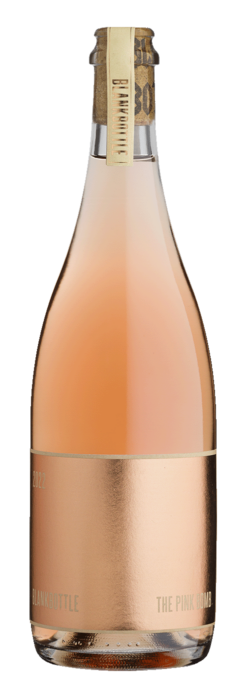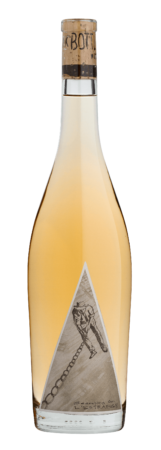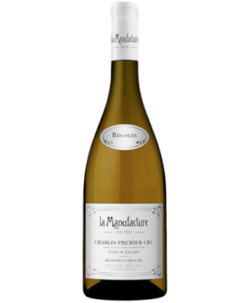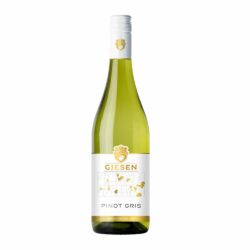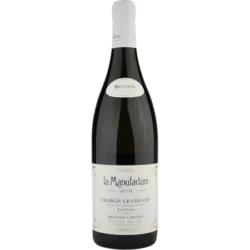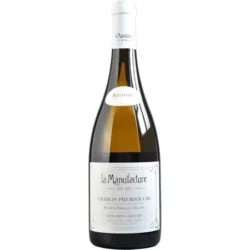The Story of Blankbottle:
Blankbottle offers something for those with an open mind and an adventurous spirit. Winemaker Pieter Walser is passionate about telling stories through his wines—both what’s in the bottle and what’s on the label. His goal is to provide an authentic, personal taste, free from the expectations often associated with specific vintages or styles. Pieter collaborates with skilled farmers and experienced viticulturists across the Western Cape and designs his own labels, ensuring a unique and creative expression in every bottle.
“In 2004, a lady came to my house (then also my office) to buy wine. She asked for anything but Shiraz. “I don’t drink Shiraz”, were her exact words. I poured her a glass of wine. She loved it and bought 3 cases. It was a straight Shiraz.” -Pieter Walser
The Story behind the Label:
For years, I knew that to take my wines to the next level, I needed to build layers into them. One way was to ferment the same block of grapes in different vessels — cement, wood, and clay. I had the barrels and cement tanks, but clay pots (qvevri) were missing, and they were far too expensive.
In 2018, I heard about a farm that had been sold and was possibly selling off its winery equipment. Among the items — clay pots! Eleven 330L pots and two massive 1600L vessels. I called the new owner, but he initially refused to sell. After some persuasion, he agreed — on condition I triple my offer. We struck a deal, and I spent days carefully transporting these fragile, priceless pots to my winery.
The pots had a small stamp: La France. But after a bit of chalk rubbing (thanks to my wife, Aneen), the name revealed itself — L’Estrange. I scoured Google, asked around, but couldn’t trace the potter. In the meantime, I prepared the vessels for winemaking, sealing them with beeswax, spending hours inside the giant pots in the sweltering summer heat.
When harvest came, I took a leap of faith. For the first time, we harvested Palomino — also known as Fransdruif — from a 1965 dry-farmed bush-vine vineyard in Piekenierskloof, planted at 550m above sea level. I crushed the grapes by foot and fermented the whole bunches, skins, pips, and juice in the newly waxed clay pots.
While still searching for the mysterious L’Estrange, I finally received a lead: a reclusive South African potter named Andrew L’Estrange who had stopped making pots years ago — but that’s a story for Chapter 2.
For now, the result is in the bottle: a whole-bunch, clay pot, bees-waxed Palomino — a wine as strange and wild as its story. Made from humble Spanish-origin grapes, grown in African soil, fermented in African clay pots sealed with the wax of African bees, and bottled by African hands.
